5 Ways to Ease Your Back Pain without Painkillers
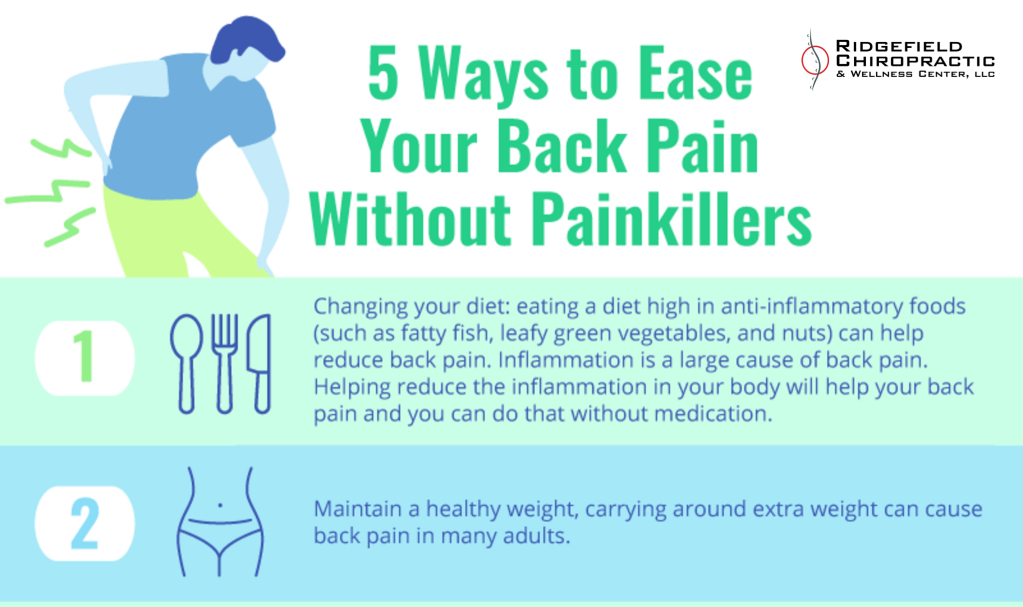
Back pain affects millions of people everyday, many back pain sufferers want to find relief without taking harmful and addictive pain medications or getting surgery, for many years pain medication and surgeries seemed to be the only way. There is good news, medications and surgeries are no longer the only way to relieve your back […]
Pregnancy Pain? What your Chiropractor can do to Help!

Pregnancy can be a wonderful and beautiful time in a woman’s life, however; it can be painful, uncomfortable, and come with lots of unexpected side effects. Fortunately, there are a lot of things you can do to help alleviate unwanted side effects. If you are experiencing uncomfortable pregnancy call your chiropractor today, we can help […]
How to use chiropractic to prevent and treat sinus infections
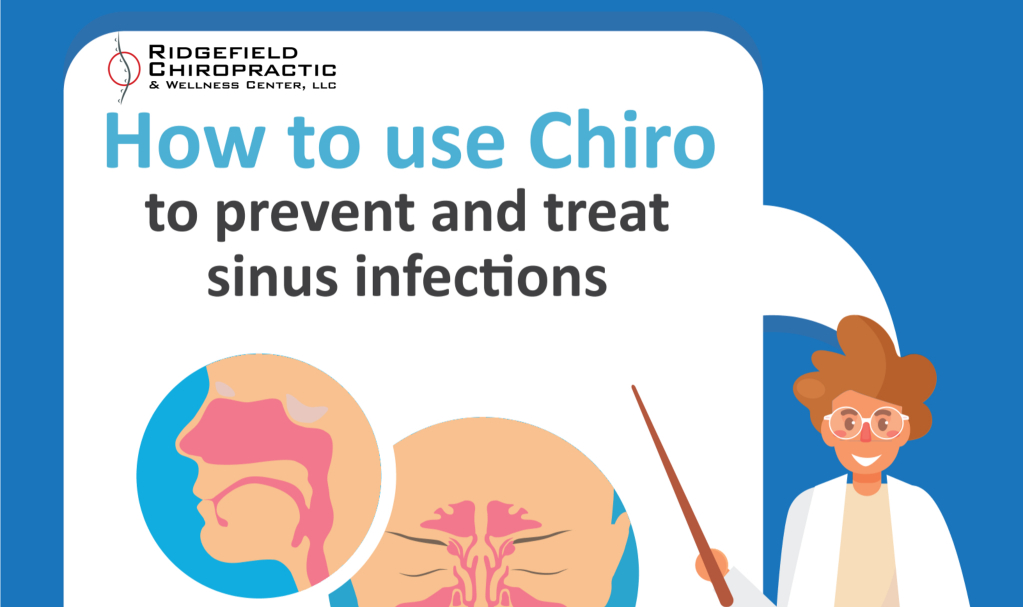
How can a Chiropractor Help Resolve My Leg Pain?
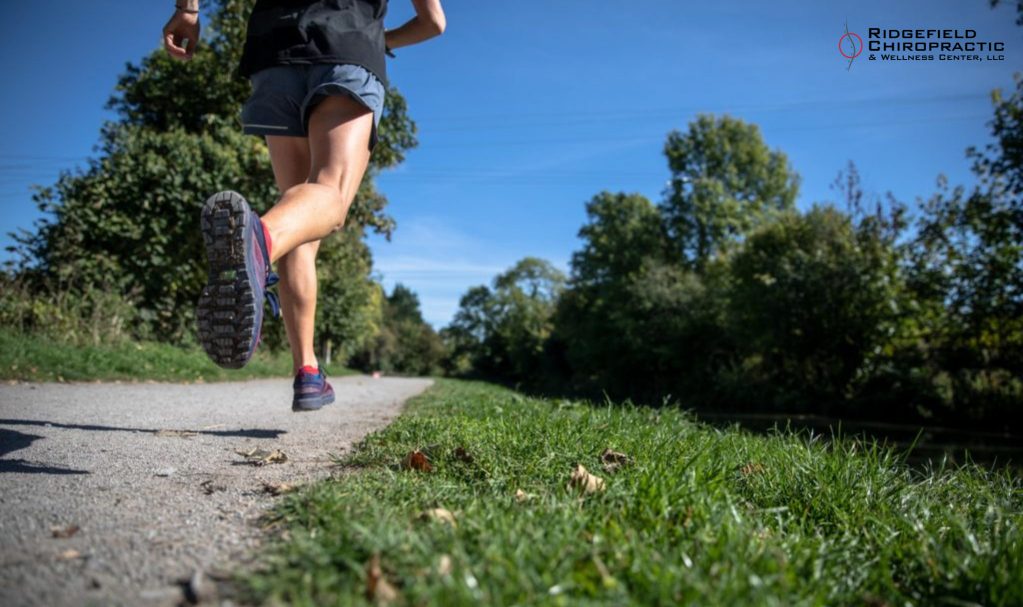
When people think of chiropractic work, they immediately identify a few problem areas: the neck, and back primarily. Modern chiropractic care has many applications outside of that, though, and if you’re suffering from leg pain, it could be an excellent avenue for you. Currently, an estimated 100 million Americans suffer from chronic pain, but only […]
6 Ways to Help with Hip Pain while Pregnant
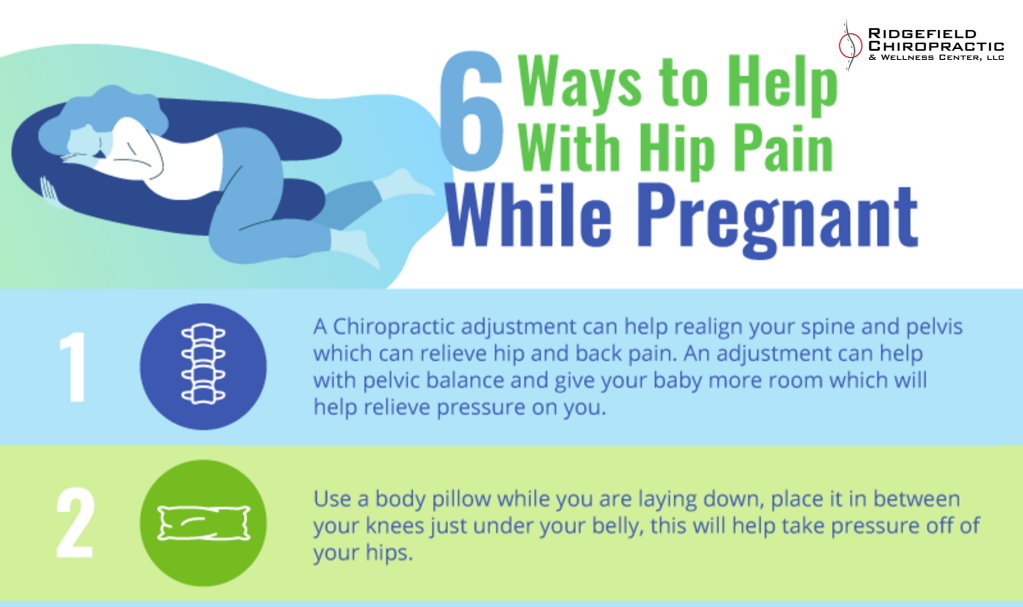
Pregnancy is an amazing and exciting time, however; it can come with some pains and aches. Most pregnant women will end up with a lot of hip and pelvis pain once they are later in their pregnancy this can lead to uncomfortable sleep, issues walking, and generalized pain. The good news is that there is […]
8 Benefits of Getting Your Workout in Water

What do the pool, beach, and ocean all have in common? Easy: they’re all an excellent place to get your daily workout! In addition to making your daily sweat sesh fun, working out in water also has some serious health benefits. Namely, it’s low impact on your joints and won’t worsen or inflame existing injuries […]
5 Reasons You Need a Sit/Stand Desk
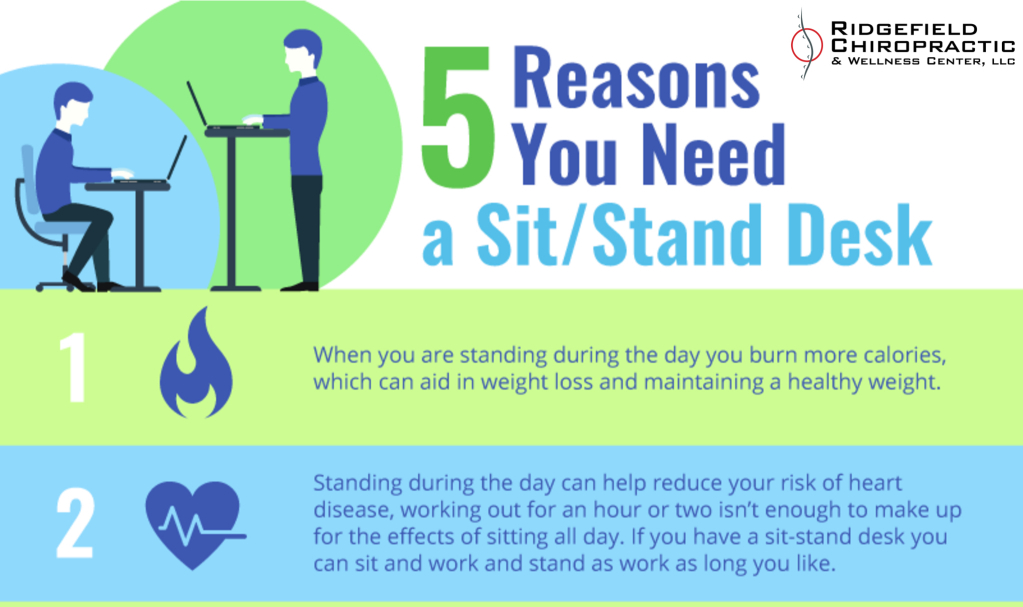
Those of us who work at a desk all know the neck and shoulder pain that can go with it, sitting all day is not only bad for your health, it’s bad for your neck/spine/head. Years ago sitting all day was the only real option for certain kinds of work, the good news is there […]
4 Ways to Improve Your Posture
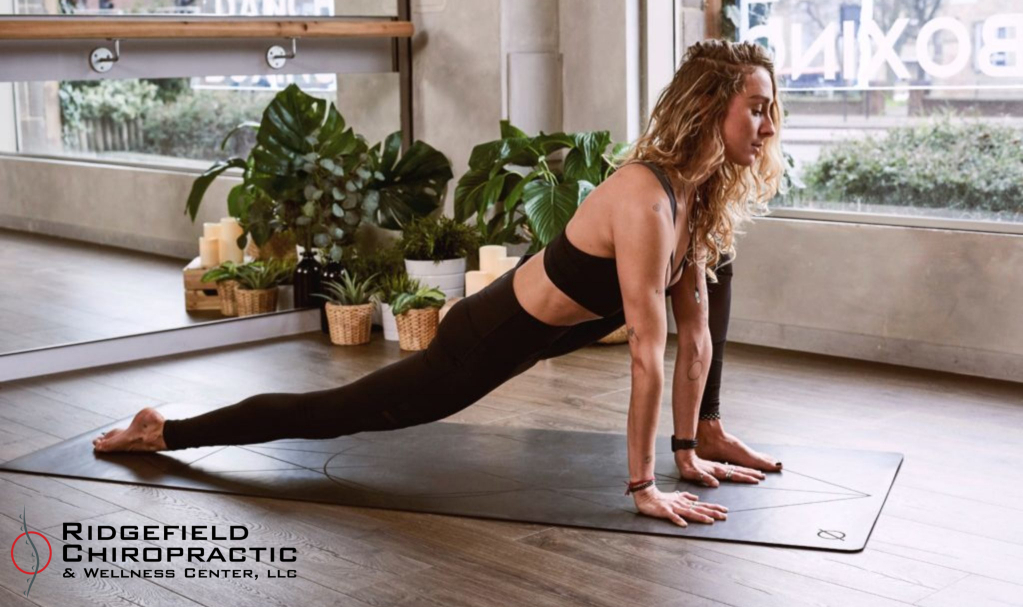
Poor posture: most of us have it, few of us understand exactly how damaging it can be to our overall health. According to Harvard Medical School, poor posture can lead to everything from back and neck conditions to incontinence, constipation, heartburn, and slowed digestion. Surprising? It is for most people. When you think about it, […]
4 Things Athletes can do to Prevent Injuries

Each year, athletes throughout America suffer a collective 8.6 million sports injuries. These injuries range from easy-to-treat sprains and strains to career-ending concussions and broken bones. On the one hand, being an athlete involves the inherent risk of getting hurt. On another, there are ways athletes can take proactive measures to protect themselves in the […]
Top 5 Recreational Activities to Combat Stress and Prevent Back Pain

Today, back pain is one of the most common disorders to affect adults. In fact, about 80% of the U.S. population will experience back pain at some point in their lives. That’s a startling statistic, and it gets even worse when you consider that back pain can affect people of all ages, creeds, and demographics […]
